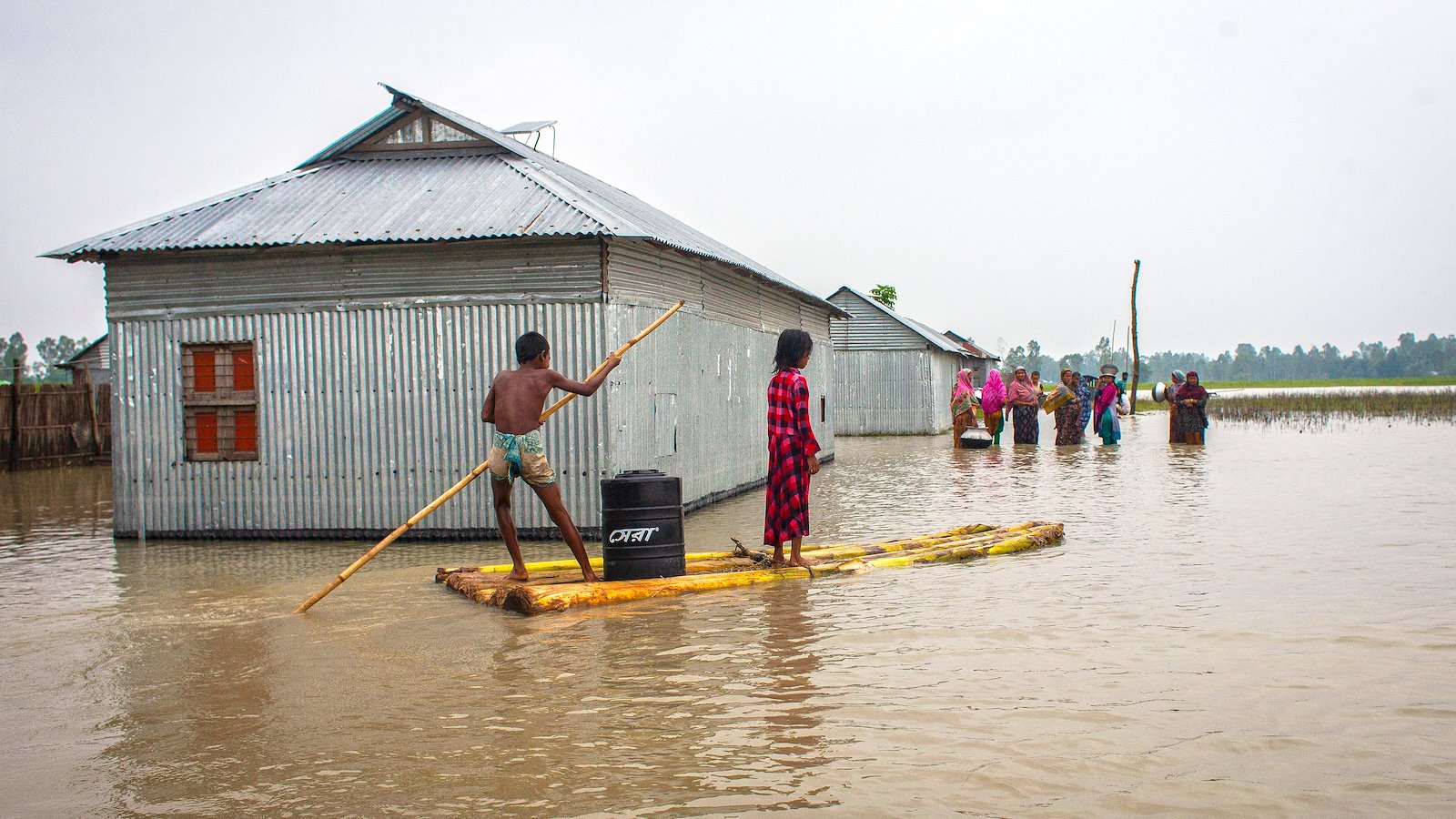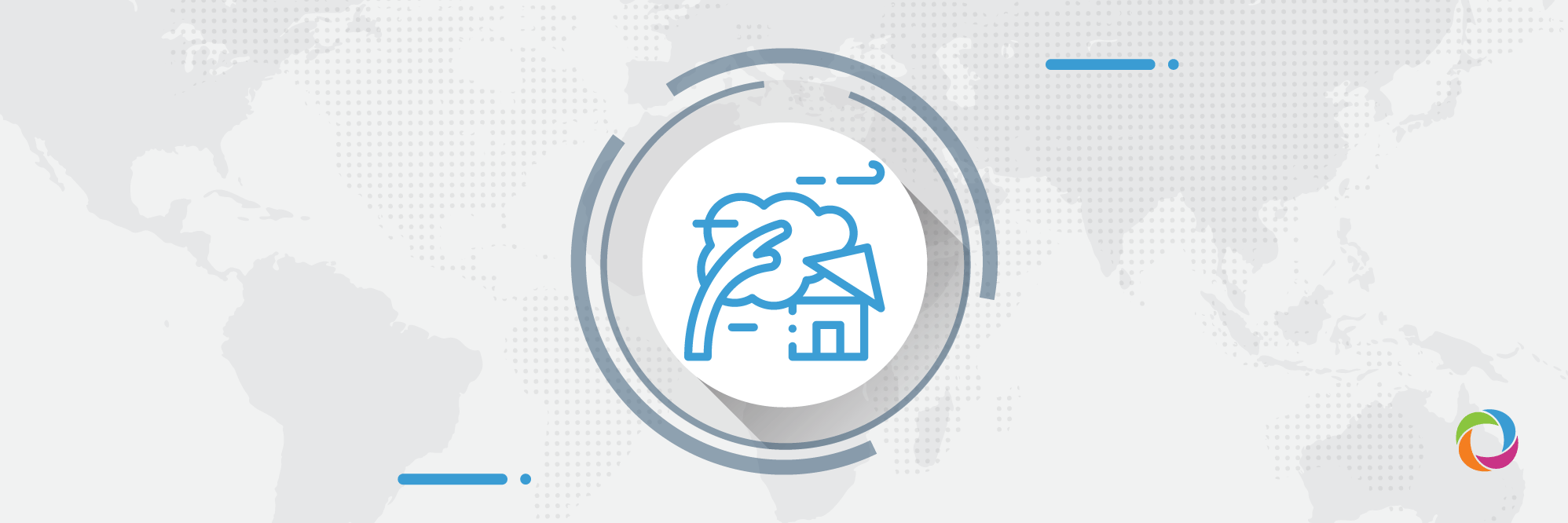According to the latest report issued by the United Nations Office for the Coordination of Humanitarian Affairs (OCHA), the populations of low-income states are at least four times more at risk of displacement due to extreme weather patterns caused by global warming than those living in rich countries.
Climate change has almost doubled the number of natural disasters over the last 20 years. Between 2000 and 2019, humanity experienced 7,348 serious disasters which caused the loss of 1.23 million lives and affected 4.2 billion people around the world. In 2019 alone about 34 million people were acutely malnourished owing to extreme weather events and 24.9 million of these in 140 countries were displaced due to the same reason.
The UN estimates that by 2050 over 200 million people will require humanitarian aid as a result of extreme weather events. In South Asia alone, about 62 million people may be pushed below the extreme poverty line by 2030 due to global warming. Of all the displacements caused by climate change, 80% occurred in the Asia-Pacific region between 2008 and 2018. Furthermore, this was the result of only two very catastrophic natural disasters – Typhoon Haiyan which occurred in the Philippines in 2013, and the monsoon floods that hit Bangladesh, India, Nepal, and Sri Lanka in 2017.

According to the Global Climate Risk Index, the countries that were the most affected by climate changes in 2019 were Mozambique, Zimbabwe, the Bahamas, Japan, Malawi, Afghanistan, India, South Sudan, Niger, and Bolivia with the majority of these being low-income countries. In 2018, the Philippines, Madagascar, Sri Lanka, Kenya, Rwanda, and Fiji formed part of this list. This clearly illustrates climate inequality as the countries that generate relatively the least carbon dioxide pay the highest price with the dangerous weather events triggered by global warming.
Although high-income states warm up the climate the most as their living standards require high energy consumption, they are the least affected by climate changes but also have the means to mitigate their effects. The side effects of climate changes do not have a fair impact on particular groups and communities either.
One of the most affected groups are farmers who pay the cost of global warming, losing harvests as a result of dangerous weather events even though they do not achieve high levels of income.
Those societies that are already hit by poverty and conflicts also suffer a further blow due to natural disasters, such as has happened in Yemen where society is struggling with food and water shortages as well as ongoing hostilities. In Yemen, climate change has caused a serious water crisis whereby in 2012 every Yemeni had 140 m³ of water per year, in 2015 this dropped to 86 m³. According to the UN, when the water supply drops below 1700 m³ per person per year, this means that society is experiencing water stress.
The OCHA points out in its report that, in the face of climate disasters, the costs of humanitarian assistance will increase and the international community must focus not only on addressing the results of extreme weather patterns when they occur but on the mitigation of such events in order to prevent them in the future.

